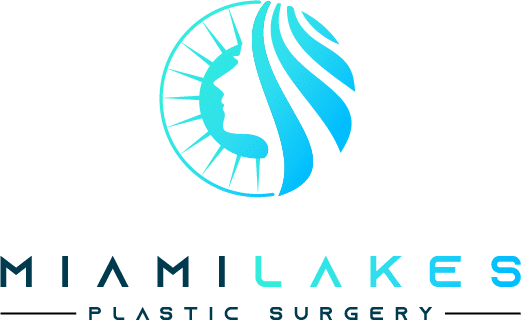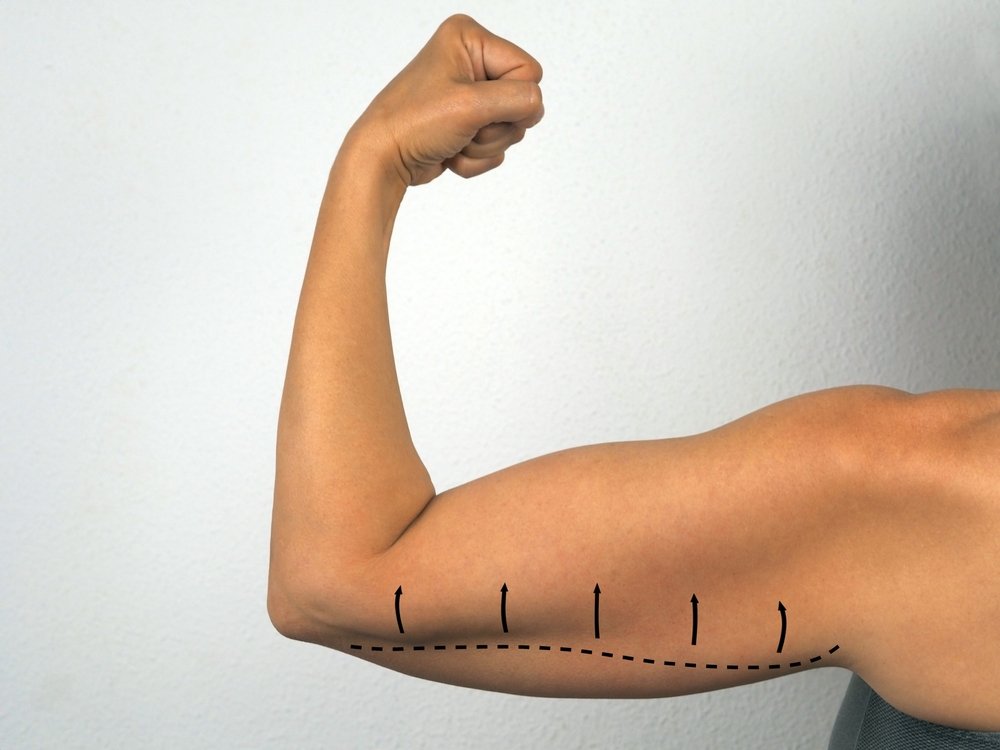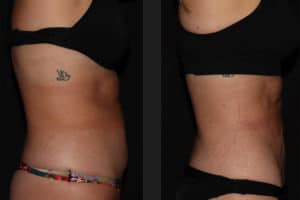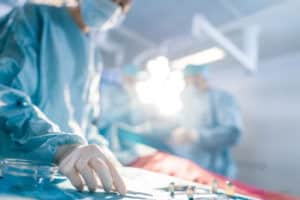Effective methods and techniques on how to reduce swelling after brachioplasty. Brachioplasty, or arm lift, is a surgery that makes your upper arms look more toned and sculpted by getting rid of extra skin and fat. While brachioplasty can yield impressive results, it is important to be prepared for the post-operative recovery period, which may include swelling as a common side effect.
What Causes Swelling after Brachioplasty?
After undergoing brachioplasty, it is common to experience swelling in the treated area. Swelling is a natural response of the body to the surgical trauma and is a part of the healing process. Several factors contribute to swelling after brachioplasty, including:
- Surgical Trauma: Brachioplasty involves making incisions, removing excess skin and fat, and repositioning the remaining tissues. This surgical trauma triggers an inflammatory response in the body, leading to localized swelling.
- Fluid Accumulation: During surgery, the body naturally responds by increasing blood flow to the affected area. This increased blood flow can result in the accumulation of fluid in the tissues, leading to swelling.
- Lymphatic Disruption: The lymphatic system plays a crucial role in draining excess fluid and waste products from the body’s tissues. During brachioplasty, the lymphatic vessels may be temporarily disrupted or damaged, causing impaired drainage and contributing to swelling.
- Blood Vessel Permeability: The surgical trauma can affect the permeability of blood vessels in the treated area, allowing fluid to leak into the surrounding tissues. This increased fluid buildup results in swelling.
- Inflammation: The body’s natural response to tissue injury is inflammation. Inflammatory mediators, such as histamines and cytokines, are released, leading to dilation of blood vessels and increased permeability. This inflammation contributes to swelling.
It is important to note that swelling is a temporary side effect of brachioplasty and should gradually subside over time. Swelling after surgery can be different for each person. It depends on things like how well your body heals, the way the surgery was done, and how you take care of yourself afterward.
How long does swelling last after Brachioplasty?
After brachioplasty (arm lift) surgery, swelling is a normal part of the healing process. The duration of swelling can vary from person to person. Initially, swelling is at its peak and may take a few days to begin subsiding. Over the following weeks, there is a gradual reduction in swelling, but some residual swelling may persist. By the end of the first month, a significant portion of the swelling should have resolved, but minor swelling and fluid accumulation may remain.
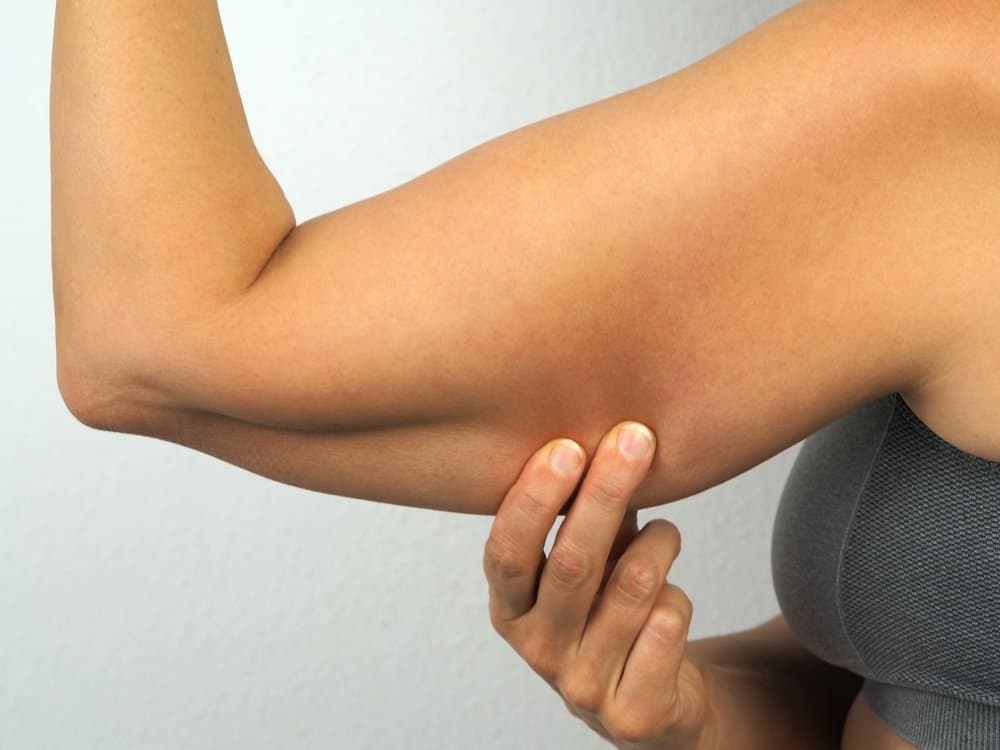
It can take several months for the swelling to fully subside. Factors such as individual healing abilities, the extent of the procedure, and adherence to post-operative care instructions can affect the duration of swelling. Following your surgeon’s guidance on post-operative care, including wearing compression garments and avoiding activities that may worsen swelling, is important. If you have concerns about your swelling, it is best to consult with your surgeon for personalized advice.
Tips for Reducing Swelling
Here are some general tips that may help in reducing swelling after surgery or injury:
- Follow your doctor’s instructions: It’s important to adhere to the post-operative or post-injury care guidelines provided by your healthcare professional.
- Apply cold therapy: Cold therapy can help reduce swelling by constricting blood vessels and decreasing fluid buildup. Applying an ice pack wrapped in a thin towel to the affected area for 15-20 minutes at a time, several times a day, can be beneficial.
- Elevate the affected area: Keeping the swollen area elevated above the level of your heart can assist in reducing swelling. For example, if your arm is swollen, prop it up on pillows while resting or sleeping.
- Compression garments: Your doctor may recommend wearing compression garments or wraps to help minimize swelling. These garments apply gentle pressure to the affected area, aiding in fluid drainage and reducing swelling.
- Gentle movement and exercise: Engaging in light, controlled movement and exercise can help promote circulation and lymphatic drainage, which can assist in reducing swelling.
- Avoid heat and high sodium intake: Heat can promote blood flow and potentially worsen swelling, so it’s best to avoid hot baths, saunas, or hot packs in the early stages of swelling.
- Stay hydrated: Drinking an adequate amount of water helps maintain proper fluid balance in the body and can aid in reducing swelling. However, consult with your doctor regarding your specific fluid intake requirements.
- Medications and supplements: Nonsteroidal anti-inflammatory drugs (NSAIDs), as recommended by your doctor, can help alleviate pain and reduce swelling. Certain natural supplements, such as bromelain and arnica, may also be suggested by some healthcare professionals to help with swelling and bruising, but consult with your doctor before taking any new supplements.
Remember, these tips are general in nature, and it’s important to consult with your healthcare provider for personalized advice and recommendations tailored to your specific situation.
How Painful is Brachioplasty?
After the anesthesia wears off, you can expect to experience soreness, tightness, swelling, bruising, and tenderness in the treated area. To manage the pain, your surgeon will prescribe pain medications that you can take as directed. Additionally, following the post-operative care instructions provided by your surgeon is crucial. This may include applying cold compresses, wearing compression garments, and avoiding strenuous activities that could strain the arms.
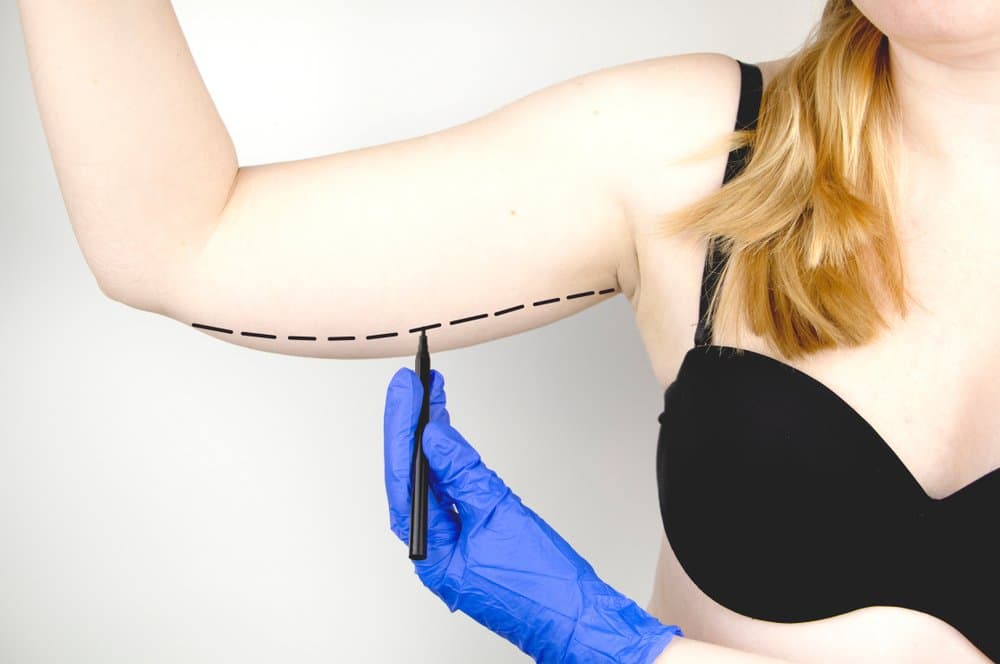
Communication with your surgeon is important, as they can guide you on pain management and make any necessary adjustments to your plan. With proper pain management and adherence to post-operative instructions, most individuals find that the discomfort associated with brachioplasty is manageable and temporary, improving as the healing progresses.
The Dos and Don’ts of Post-Brachioplasty Care
After getting arm lift surgery (brachioplasty), it’s really important to do the right things while you’re recovering. Here are some things you should and shouldn’t do to help you heal well and avoid problems:
Dos:
- Follow your surgeon’s instructions: Your surgeon will provide specific guidelines for post-brachioplasty care. It is crucial to follow their instructions carefully and ask any questions you may have to ensure a smooth recovery.
- Take prescribed medications as directed: Your surgeon may prescribe pain medications or antibiotics to aid in your recovery. Take them as instructed, and do not skip or alter the dosage without consulting your surgeon.
- Keep your incisions clean and dry: It’s essential to keep the incision sites clean to prevent infection. Follow your surgeon’s instructions for wound care, which may involve gentle cleaning with mild soap and water and keeping the area dry.
- Wear compression garments: Compression garments help reduce swelling and promote healing. Your surgeon may recommend wearing them continuously or for a specific duration of time. Follow their instructions regarding the type and duration of garment wear.
- Maintain a healthy diet: A balanced diet rich in nutrients can aid in the healing process. Ensure you consume a variety of fruits, vegetables, lean proteins, and whole grains to support your body’s recovery.
- Stay hydrated: It’s really important to drink enough water for your health and getting better. When you’re properly hydrated, it helps your body heal, keeps swelling down, and gets rid of toxins.
Don’ts:
- Engage in strenuous activities: Avoid any activities that strain your arms or cause excessive movement during the initial stages of your recovery. This includes heavy lifting, vigorous exercise, or any activity that puts excessive stress on your arms.
- Expose your incisions to sunlight: Protect your incisions from direct sunlight during the early stages of healing. Ultraviolet (UV) rays can cause pigmentation changes and make your scars more noticeable. Use sunscreen or cover the incisions with clothing when going outside.
- Smoke or consume alcohol: Smoking and alcohol consumption can hinder the healing process and increase the risk of complications. Avoid smoking and limit or abstain from alcohol during your recovery period as advised by your surgeon.
- Ignore signs of infection or complications: Keep a close eye on your incisions and monitor them for any signs of infection, such as increased redness, swelling, warmth, or pus. Also, report any unusual symptoms or concerns to your surgeon promptly.
- Skip follow-up appointments: Regular follow-up visits with your surgeon are crucial for monitoring your progress and addressing any concerns. Do not skip these appointments and adhere to the recommended schedule.
Remember, everyone’s recovery process may vary slightly, so it’s essential to consult your surgeon regarding any specific instructions or concerns you may have during your post-brachioplasty care.
Massage: A Soothing Approach to Reduce Swelling After Brachioplasty
Massage can be a soothing approach to reduce swelling after brachioplasty. Before starting massage, consult your surgeon for guidance on timing and techniques. Use gentle, controlled movements, focusing on lymphatic drainage techniques to promote fluid circulation and reduce swelling. Consider using arnica or anti-inflammatory creams during the massage. Elevating your arms and following your surgeon’s instructions are important. Be consistent but gentle with the massage, and seek medical advice if you experience any concerning symptoms. Overall, massage can help soothe swelling, promote healing, and expedite recovery after brachioplasty.
FAQ
How To Reduce Swelling After Brachioplasty on Your Arms?
To reduce swelling after brachioplasty on your arms:
- Follow your surgeon’s post-operative instructions.
- Keep your arms elevated when resting.
- Apply ice packs as recommended.
- Wear compression garments as advised.
- Stay hydrated and avoid salty foods.
How To Reduce Swelling After Brachioplasty At Home?
To reduce swelling after brachioplasty at home:
- Promote circulation with Gentle Movements.
- Get adequate rest and avoid strenuous activities.
- Consume foods rich in antioxidants.
- Keep an eye on the surgical site for any signs of infection.
References:
- Realself.com. (2010). Swelling After Bilateral Brachioplasty. RealSelf. October 11, 2010.
- Med.umich.edu. (n.d.). Brachioplasty (Arm Lift) Post-Operative Instructions. University of Michigan.
